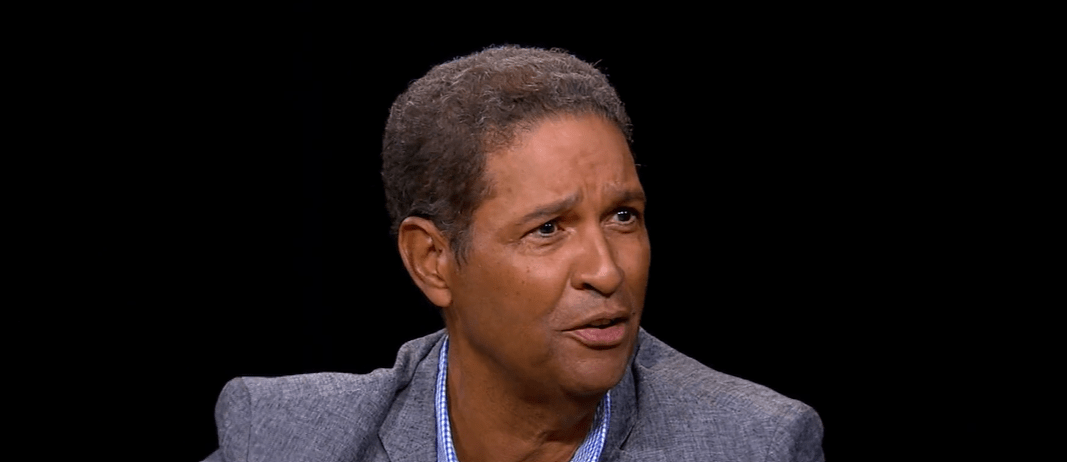| Full Name | Kaitlin Willow Olson |
|---|---|
| Date of Birth | August 18, 1975 |
| Birthplace | Portland, Oregon, USA |
| Profession | Actress, Comedian, Producer |
| Best Known For | “It’s Always Sunny in Philadelphia” (as Dee Reynolds) |
| Spouse | Rob McElhenney (married 2008) |
| Children | 2 sons |
| Notable Shows | The Mick, Hacks, High Potential |
| @kaitlinolson | |
| Reference | https://en.wikipedia.org/wiki/Kaitlin_Olson |
Online theories about Kaitlin Olson’s appearance have been rife in recent years, but the cause of her facial changes isn’t cosmetic indulgence; rather, it’s trauma recovery. Olson suffered severe facial injuries and a fractured skull in a life-altering bicycle accident when he was twelve years old, necessitating numerous reconstructive surgeries. She has made a very clear distinction between elective cosmetic surgery and reconstructive medical necessity by candidly discussing this experience.
Olson has occasionally addressed the rumors in interviews and public appearances, frequently with comedic timing that reflects her on-screen persona. She once made a joke about having a boob job, but it was never made clear if that was a genuine or satirical remark. Although there was room for discussion due to the ambiguity, her tone was unmistakably unconcerned overall. She leaned into the rumors with humor instead of defensively rejecting anything, which has been a defining characteristic of her career since the beginning.
Olson’s backstory, which she shares by revisiting her childhood trauma, is remarkably similar to the stories of other public figures who have had plastic surgery for health rather than vanity. For example, the late Carrie Fisher talked openly about cosmetic procedures brought on by pressure from her job and injuries. Despite being less well-known in tabloids, Olson’s experience merits equal attention because of how it affected her resilience and appearance.
Comments on websites, particularly Reddit forums and pop culture threads, can be anything from inquisitive to critical. Some users make assumptions about Botox, nose refinements, or eye lifts—terms that are now commonly used in online discussions about celebrities. These remarks demonstrate how strongly society links identity to facial consistency, despite their occasionally harsh wording. Questions come up when someone’s appearance changes, even slightly.
Rebuilding Olson’s face required careful work around his forehead and mouth. Repetitive treatment was necessary to reduce scar tissue, especially on her upper lip. Even though these treatments were necessary for her health, they eventually influenced her facial expressions. Unfortunately, some people have mistakenly believed that this change is the result of poorly executed cosmetic surgery. The reality is far more complex and requires context instead of conjecture.
Olson changes the narrative by talking about her accident in public. Her openness effectively dispels the false stereotypes that are frequently applied to female celebrities. Olson’s realistic outlook feels refreshingly grounded in a field that demands women look perpetually young. Not only is it admirable, but her ability to navigate Hollywood while accepting her past trauma without letting it define her is especially creative in a time when appearance-based scrutiny is the norm.
Olson is still concentrating on her artistic endeavors in spite of years of continuous rumors. Her performances are still incredibly expressive, whether she’s starring in comedies like The Mick or stealing scenes in HBO’s Hacks. Ironically, some critics say she has lost that expressiveness. Her expressions, however, become a testament to tenacity rather than a failure of cosmetic surgery when viewed through the prism of reconstructive surgery.
Olson has emerged as a surprisingly influential voice in conversations concerning authenticity and beauty by navigating the entertainment industry with assurance and candor. Her situation exemplifies a broader problem in celebrity culture: the propensity to confuse trauma recovery, natural aging, and cosmetic enhancement. Many women experience unusually high levels of scrutiny, particularly those over 40. Olson, however, appears to handle it coolly and detachedly.
Social media has increased interest in and criticism of plastic surgery during the last ten years. Transformation has become practically a genre in and of itself thanks to Instagram filters, influencer procedures, and viral glow-ups. Stories like Olson’s are especially helpful in this context because they serve as a reminder to viewers that not all changes are voluntary and not all cosmetic rumors are true.
Her experience also demonstrates how fame can drastically diminish empathy. It’s simple for us as viewers to forget that the faces we see on screen may have deeper histories, some emotional, some physical. Olson’s ongoing success as a producer and actress demonstrates that consistency is not necessary for authenticity. Regardless of what other people think of you, it requires presence, wit, and a clear understanding of who you are.
She exhibits physical bravery in her performances that goes against accepted notions of beauty. Olson’s approach to comedy is still very effective, influenced by both her comedic timing and her tenacity in real life, whether she is thrashing around ridiculously as Dee or delivering sardonic one-liners in new roles. Only a select few actors are able to effectively combine humor and pain. Additionally, Olson has earned it through hard work.
Olson has stayed clear of the image dependency trap by making wise career decisions. She hasn’t relied on being the ideal ingénue or the glamorous lead for her roles. Rather, she has established herself as a humorous, multifaceted woman who is completely in control of her story. Particularly uncommon—and surprisingly empowering—is her candor regarding her previous surgeries without making them into spectacles.
Olson’s story serves as a reminder that vulnerability doesn’t have to be performative, especially as more celebrities choose to disclose their surgical histories, whether for recuperation or cosmetic purposes. It can just be woven subtly into a person’s humor, grace, and presence as a part of their past. And when told truthfully, the narrative shifts from one of survival to one of dignified transformation.






